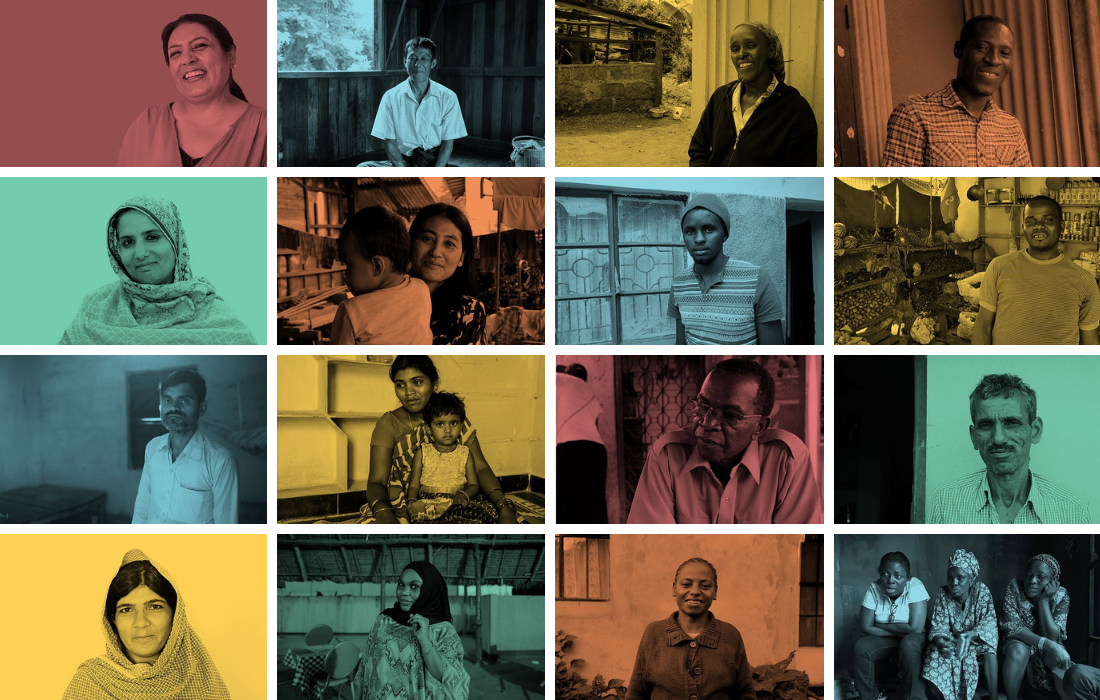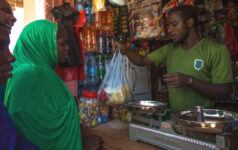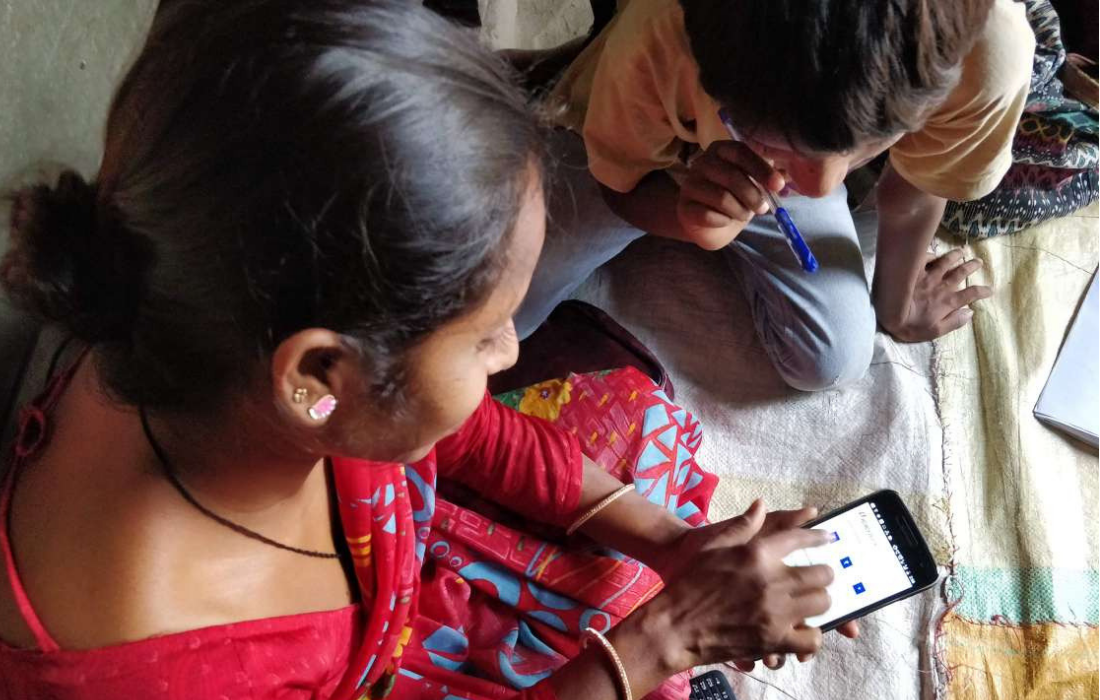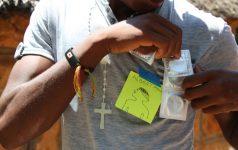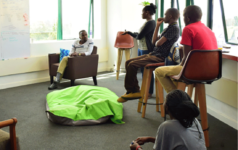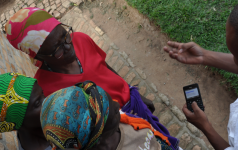Dalberg uses cookies and related technologies to improve the way the site functions. A cookie is a text file that is stored on your device. We use these text files for functionality such as to analyze our traffic or to personalize content. You can easily control how we use cookies on your device by adjusting the settings below, and you may also change those settings at any time by visiting our privacy policy page.
In 2015, 2.7 million babies died within their first 28 days of life. The first 28 days of life – termed the neonatal period – is recognized as the most vulnerable time for a child’s survival. But there’s hope – because of a number of effective interventions and programs, the number of neonatal deaths has decreased over 40% since 1990. How can we continue, and accelerate progress, in reducing such neonatal deaths?
Chlorhexidine, an antiseptic applied to the umbilical cord, is one way. Chlorhexidine has demonstrated significant potential in reducing neonatal mortality. When used in high-risk settings on the first day of life, chlorhexidine for umbilical cord care has shown a 23% reduction in all-cause neonatal mortality. Chlorhexidine is low-cost at less than $0.25 per dose, simple to use – requiring minimal training, and easy to manufacture. Yet, in high-risk settings, chlorhexidine still isn’t widely used, even with its large potential for impact.
USAID’s Center for Accelerating Innovation and Impact recently partnered with Dalberg Design to design a demand generation toolkit to support the development and adaptation of tools to drive demand for chlorhexidine. The toolkit is designed for countries and communities in the process of introducing and scaling chlorhexidine. It has two parts: (1) a guide which provides details about the concepts and how they can be adapted and used, and (2) an asset library which includes editable templates and images. This toolkit provides starting points for stakeholders to create their own demand generation materials. The concepts can be downloaded and easily tailored to the local context through translating into other languages, updating images, adding logos to reflect the Ministry and partners active in the given country, or integrating into existing child health demand generation materials. The toolkit is free, open source, and can be downloaded here.


